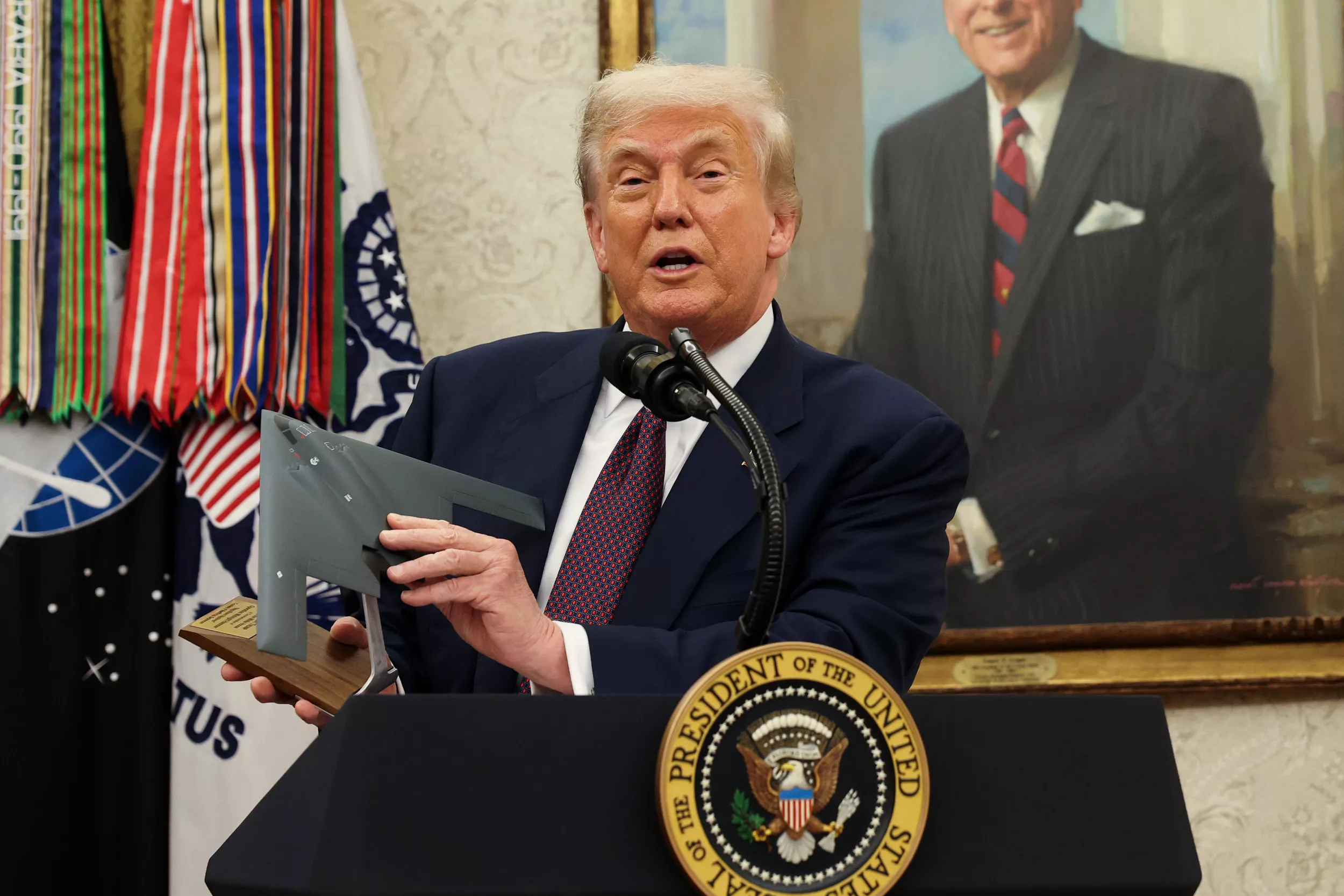What To Know
Trump’s directive cited the 2024 presidential election data as providing the impetus for an overhaul of current census methodologies.
Redistricting in the United States traditionally follows the decennial census, where the U.S. Census Bureau counts every person residing in the country, regardless of immigration status. This count is then used to determine how the 435 House seats are distributed among the 50 states, a process called reapportionment.
In Texas, Republicans have supported a plan, backed by Trump, that relies on new census data to propose redistricting before the end of the current decade. This plan would reportedly deliver five additional Republican seats in Congress, significantly affecting the Democratic Party’s ability to reclaim a majority in the House.
The proposal echoes Trump’s prior attempt in 2020 to exclude undocumented immigrants from census counts used for apportionment. This effort was blocked in the courts and sidestepped by the Supreme Court, which declared the case premature due to unresolved facts and implementation challenges.
What People Are Saying
President Donald Trump in a Truth Social post on Thursday morning: “I have instructed our Department of Commerce to immediately begin work on a new and highly accurate CENSUS based on modern day facts and figures and, importantly, using the results and information gained from the Presidential Election of 2024. People who are in our Country illegally WILL NOT BE COUNTED IN THE CENSUS. Thank you for your attention to this matter!”
Florida Governor Ron DeSantis, at a press conference on August 1, regarding undocumented immigrants: “I think it’s wrong. I think it’s unconstitutional that they’re counted in the census.”
New York Law School Adjunct Professor and Senior Fellow Jeffrey Wice told Fox13: “The Congress debated whether or not to count citizens only, and the decision was made back in the 1860s that the reapportionment was to be based on the whole number of persons, regardless of their status.”
What Happens Next
The fate of Trump’s order depends on multiple factors: legal challenges, administrative capacity, and the positions of state and federal courts.
The Supreme Court previously hesitated to endorse similar measures, and lower courts have ruled such exclusions unconstitutional or illegal under federal law. If the administration attempts to move forward, renewed litigation is likely.






